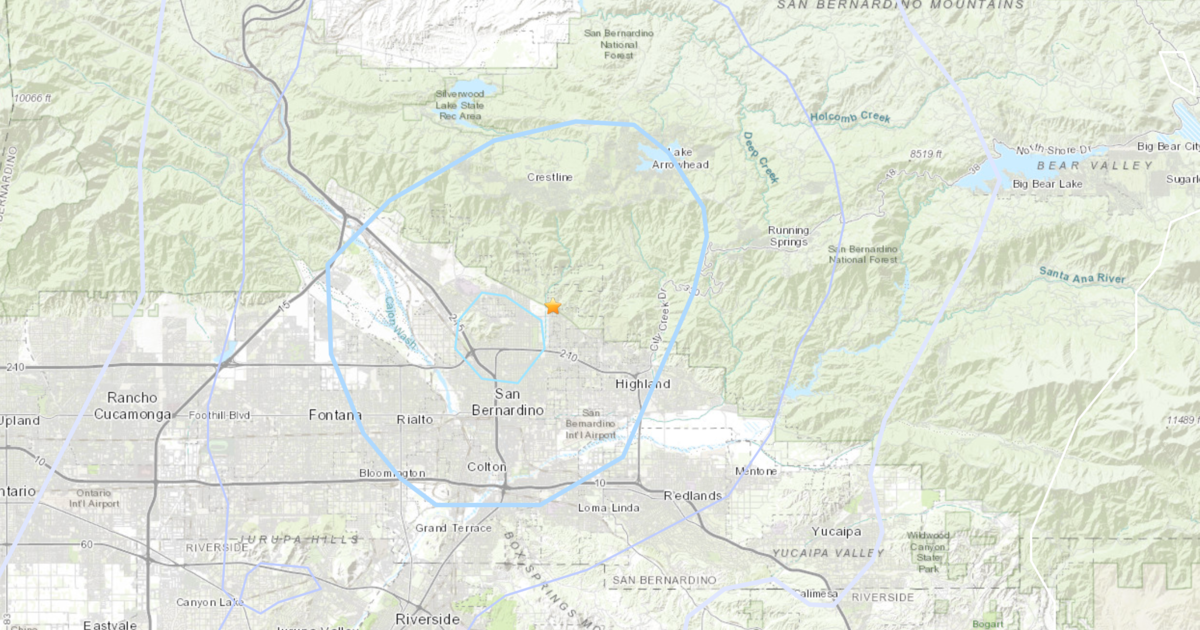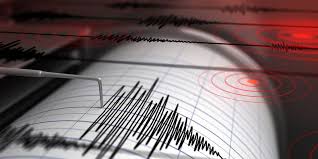FOX Weather delves into the ongoing debate among scientists regarding the most suitable scale for measuring earthquake magnitude. The seismic events that occurred near San Bernardino, California, bring this discussion to the forefront.
Historically, the Richter scale, developed in the 1930s by Charles F. Richter, was the go-to method for measuring earthquake magnitude. However, as advances in seismology occurred, scientists began to favor the Moment Magnitude scale for its improved accuracy and reliability. The Moment Magnitude scale takes into account various factors such as the energy released, the area of the fault rupture, and the rocks' stiffness at the focal point.
The recent earthquakes in San Bernardino County showcase the significance of accurate seismic measurements. On Monday morning, a pair of earthquakes struck the region just minutes apart. The first earthquake, with a magnitude of 3.6, occurred shortly before 9:45 a.m. local time. It had a depth of 4.6 miles. Following closely, a magnitude 3.0 earthquake hit 3 minutes later, in close proximity to the epicenter of the initial quake, with a depth of 4.53 miles.
Residents in San Bernardino and neighboring areas reported feeling light shaking from both earthquakes. Additionally, the USGS reported shaking in Victorville and Hesperia stemming from the first earthquake. Despite the tremors, there have been no confirmed reports of injuries or structural damages resulting from these seismic activities.
Later on the same day, a preliminary magnitude 3.6 earthquake struck the same region in San Bernardino County, near Highland. This marked the third earthquake within a 12-hour timeframe. The epicenter of this latest quake was located about three miles northeast of San Bernardino, close to where the earlier earthquakes occurred. The sequence of seismic events included a 3.5 magnitude quake followed by a 3.0 magnitude tremor just minutes later. The depth of the evening quake was approximately five miles.
Fortunately, similar to the previous earthquakes, there were no reports of injuries or significant structural damages resulting from the evening temblor. The widespread impact of the seismic activity was evident, as reports from the USGS' "Did you Feel it?" tracker indicated that people across Southern California, from Victorville to Corona, experienced the shaking.
As scientists continue to monitor and analyze these seismic events, the utilization of the Moment Magnitude scale remains prominent due to its ability to provide a more comprehensive understanding of earthquake magnitudes. With ongoing advancements in seismology, the focus on precision and accuracy in measuring earthquakes will continue to evolve, ensuring better preparedness and response strategies for seismic events.


